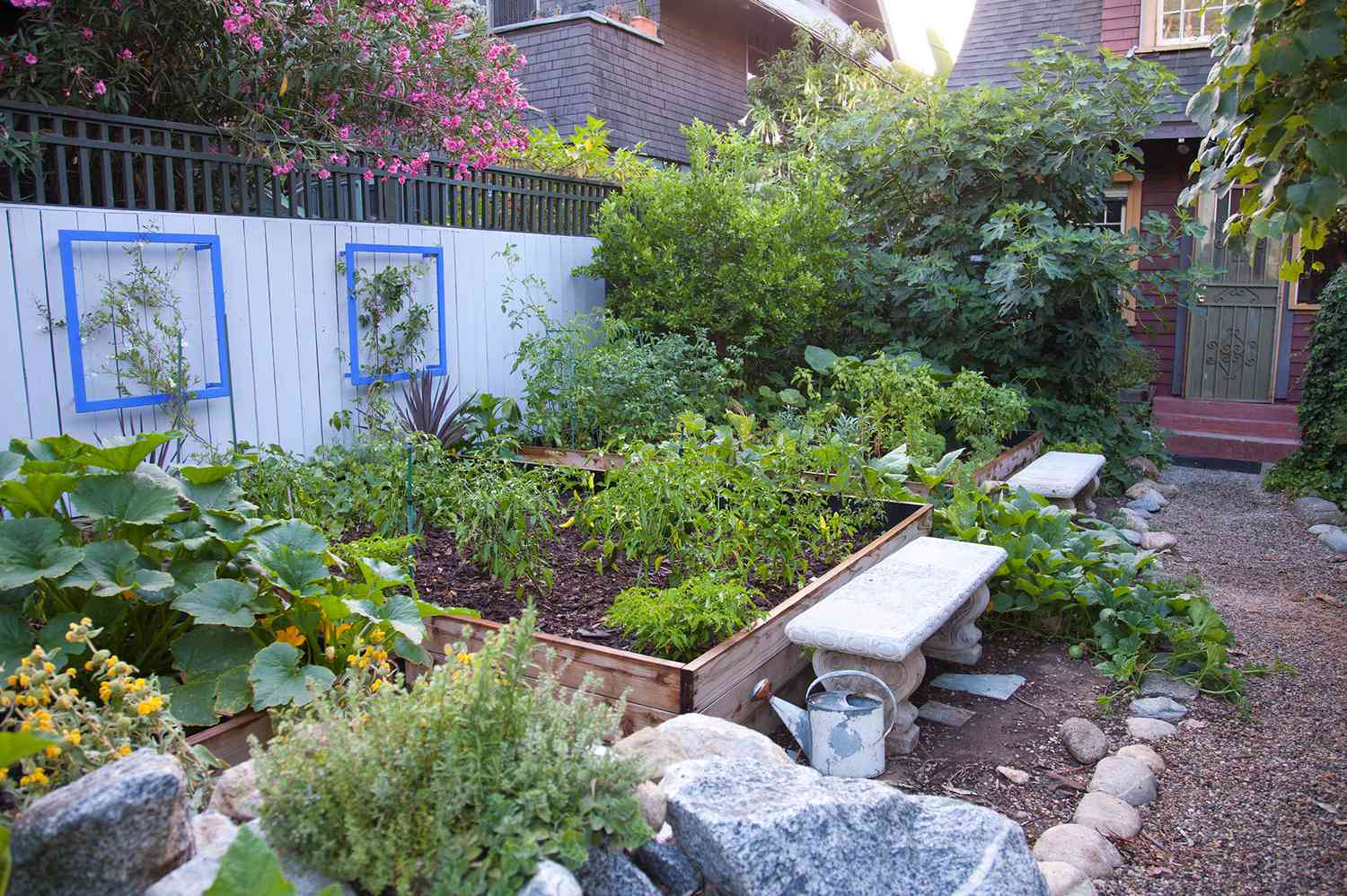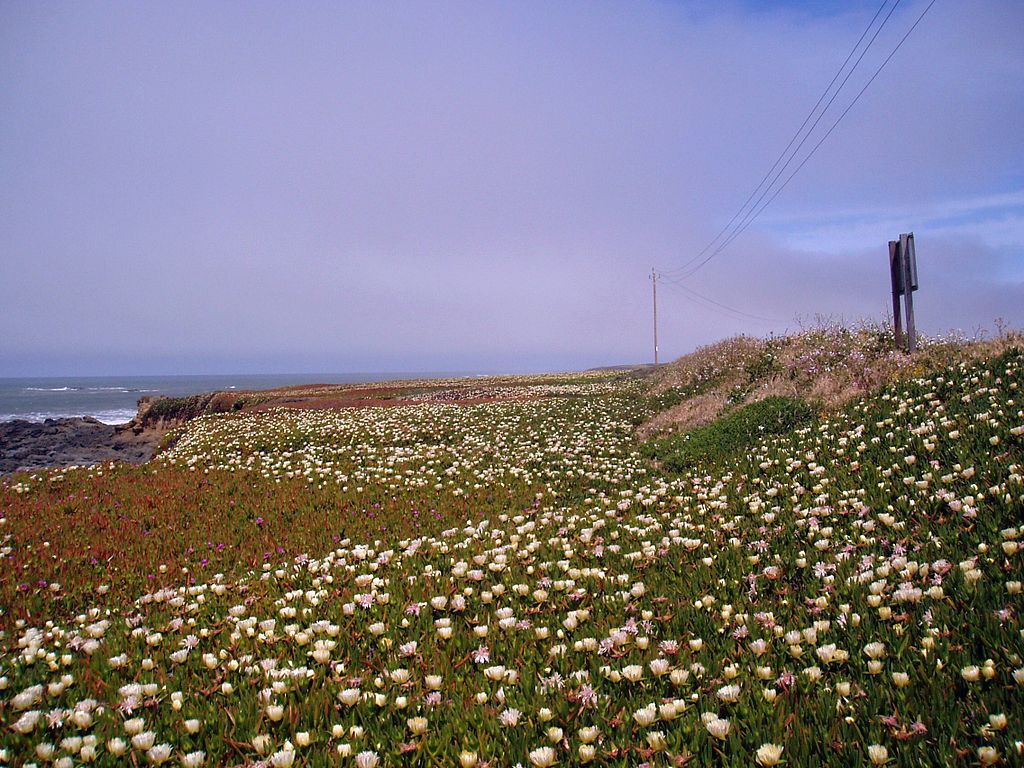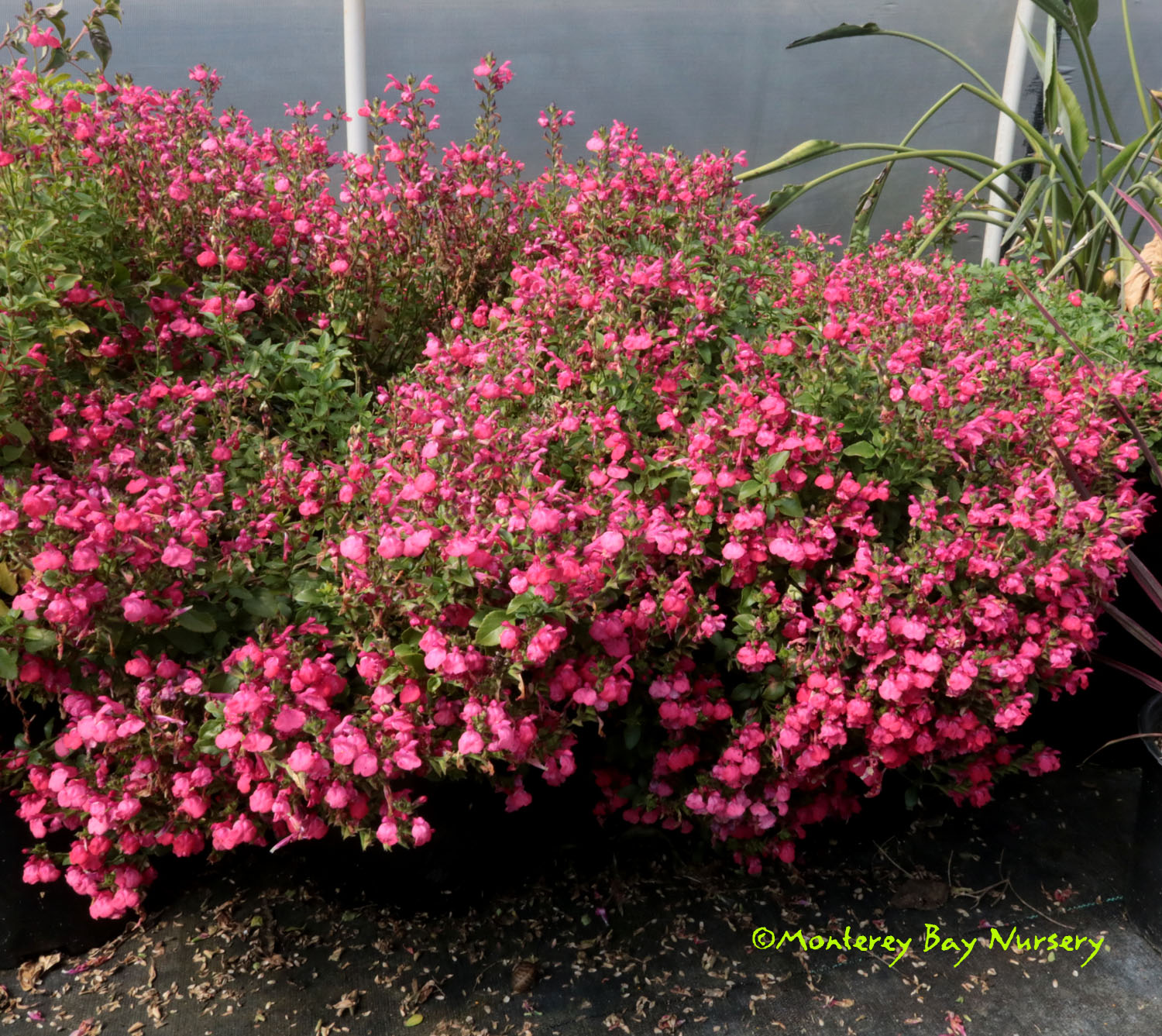Try dry habitat perennials and ornamental grasses such as rudbeckia achillea potentilla armeria dianthus helictotrichon sempervirens stipa tenuissima and even bulbs such as muscari or small allium species such as allium flavum and a.
Lightweight plants for flat roofs in dry colorado climates.
Ornamental grasses hardy with few maintenance needs and year round structure to boot are a good fit for rooftop gardens and blue fescue festuca glauca can be used in containers in a border or as an edging plant.
Certain grasses sage and plants of the composite family like asters daisies zinnia black eyed susan or chamomile and marigolds are possible.
These will include flytraps many forms of the sarracenia pitcher plant and sundews from the southern regions of the united states.
Heat gets absorbed in dark materials used in the exterior of houses.
Quick growing annuals and ephemerals particularly those originating from dry and arid climates can be spectacular additions to display plantings but will need irrigation to be sustained for longer periods.
Flat roofs are an ancient form mostly used in arid climates in some places allowing the roof space to be used as a living space.
Installation of plants on the top of roofs is an effective solution to overcome this problem.
Plants also improve air quality by releasing oxygen.
A range of annual and biennial plants can be used successfully on green roofs and tend to fall into two distinct groups.
It is hardy in zones 4 8 and reaches just 10 inches tall.
A growth substrate of laterlite agri expanded clay mixed with other components peat compost etc offers many advantages.
Professionals install a waterproof membrane over the roof surface so that water does not affect the structure of your house.
If you have a shady terrace facing north look for varieties of ferns and other shade loving plants like english ivy impatiens and balsams.
Russian sage prefers well drained soil and a lot of sunshine.
It improves the chemical and physical characteristics of the.
Carex nigra is technically considered a sedge and is often used on living roofs because its roots require less soil than most other grasses or grass like plants.
You won t need to water established russian sage too much as it likes dry soil but water moderately when plants are young or transplanted.
Most modern roofing materials and codes require a positive slope that will dry out within 72 hours thus even a flat roof needs some slope nowadays.
Although it s not a native colorado plant it prefers a dry climate so it s good for xeriscaping.















